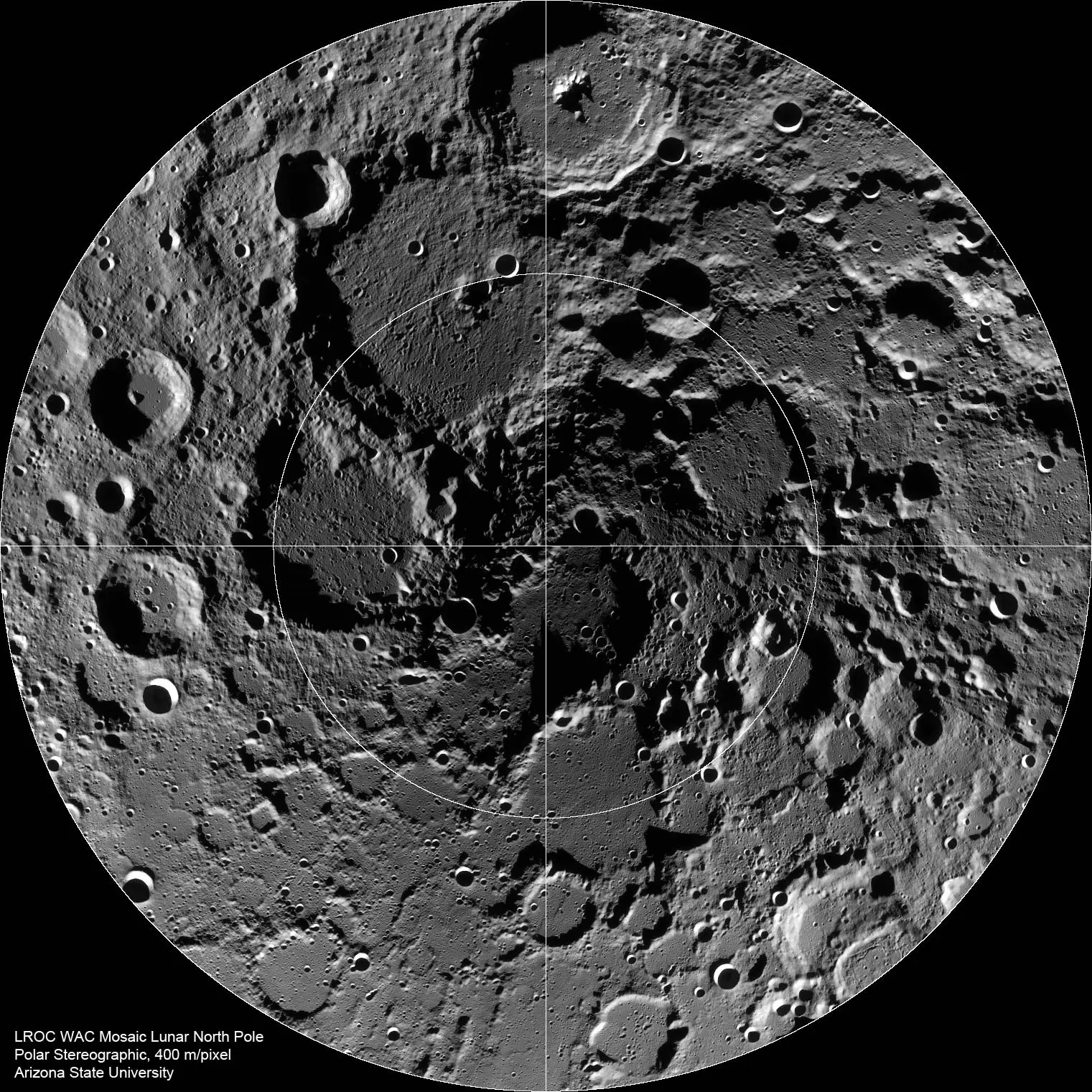Understanding the age of celestial bodies, such as the Moon, relies on a method known as crater counting. This technique, employed by astronomers, involves examining the number and distribution of craters on a planetary surface to determine its geological history. The Moon, along with other bodies like Mercury and some outer moons, presents a record of impacts from comets and asteroids, which leave behind craters that remain visible due to the lack of atmospheric erosion, water, or tectonic activity.
The formation of craters is a crucial aspect of this analysis. When an object strikes a dead world like the Moon, it creates a crater that persists for billions of years. As a result, areas with a higher density of craters are indicative of older surfaces, while regions with fewer craters suggest more recent geological activity. For instance, the Moon’s surface displays two distinct regions: the darker maria, or basins, and the lighter highlands. The maria have fewer craters, indicating they are younger compared to the heavily cratered highlands.
To ascertain the precise age of these regions, scientists have leveraged findings from the Apollo missions. The missions returned samples of lunar rock, which have been subjected to radiometric dating. This process measures the abundance of radioactive elements and their decay products to establish absolute ages. For example, the edge of the Sea of Tranquility, where Apollo 11 landed, is estimated to be over 3.5 billion years old. In contrast, some highland areas are nearly 4 billion years old, showcasing the varied geological history of the Moon.
Interestingly, some of the youngest features on the Moon are large impact craters. The Copernicus, Tycho, and Giordano Bruno craters are all less than 1 billion years old, with the Giordano Bruno crater being only 4 million years old. These younger craters exhibit greater energy from impacts, effectively erasing older formations in their vicinity.
With the absolute ages derived from the Apollo missions, crater counting can be calibrated across the solar system. This allows for the age determination of regions on celestial bodies such as Mercury and Callisto without direct exploration.
In addition to establishing the Moon’s geological timeline, the Apollo missions revealed its slow recession from Earth. This idea dates back to the early 1800s when Sir Edmund Halley analyzed ancient eclipse records and noted the gradual increase in distance between the Earth and the Moon. The mechanism behind this phenomenon involves tidal forces; as the Earth rotates, the Moon’s gravitational pull on the tides causes it to move into a higher orbit.
In 1962, graduate student James Faller proposed the placement of reflectors on the Moon’s surface to improve distance measurements. These reflectors enabled scientists to bounce lasers off the Moon, yielding precise data on its distance from Earth. Current measurements indicate that the Moon is receding at a rate of approximately 3.8 centimeters per year. While this may seem slow, over millions of years, it has significant implications for future solar eclipses. In several hundred million years, the increasing distance, coupled with the Sun’s gradual expansion, will ultimately render total solar eclipses impossible.
As scientific understanding of the Moon’s history and dynamics continues to evolve, the findings from crater counting and lunar research provide invaluable insights into the geological processes that shape not only the Moon but also other celestial bodies within our solar system.
